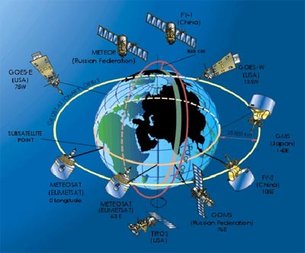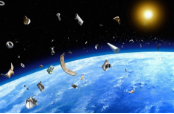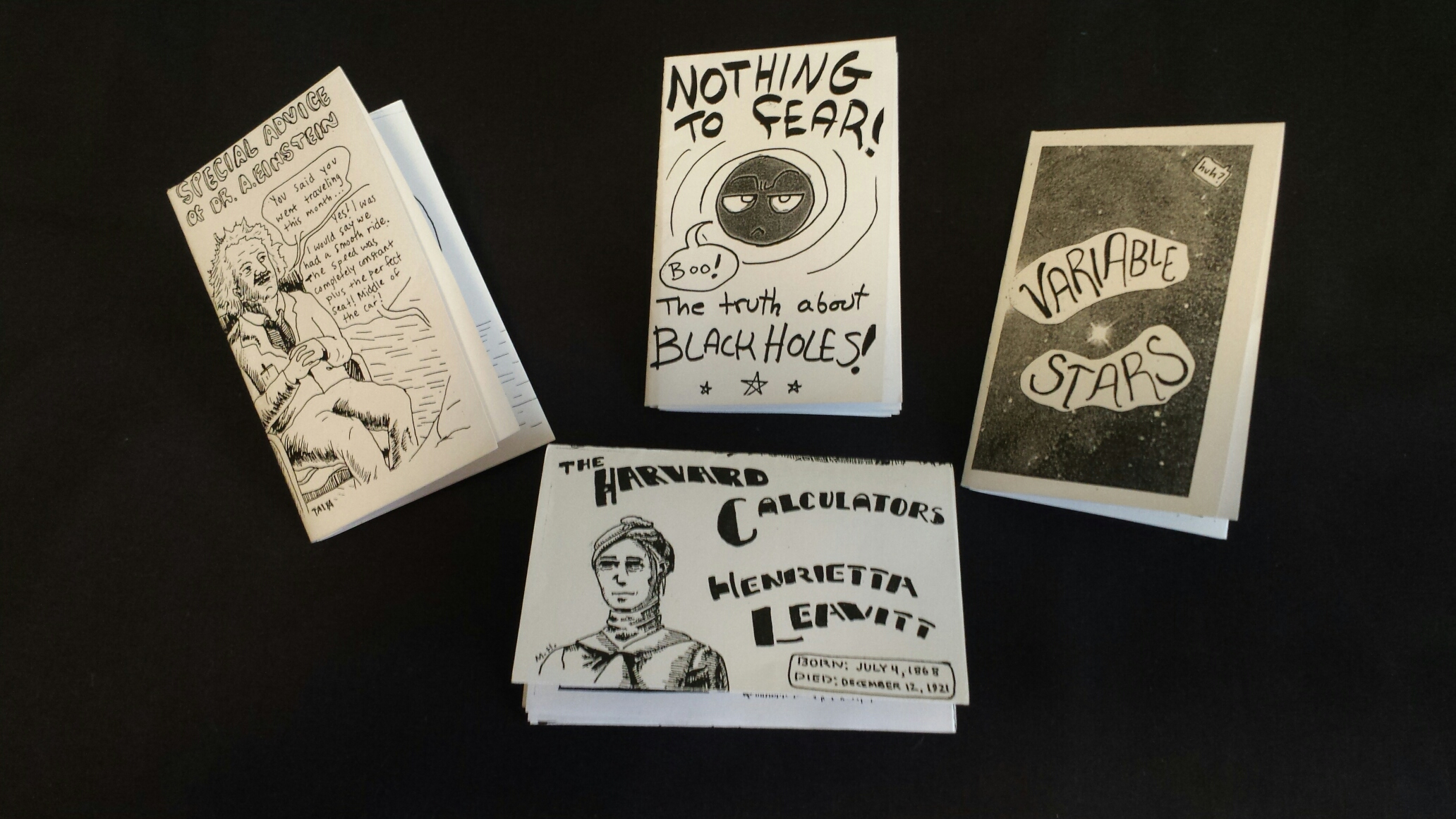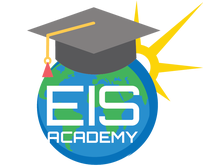2017-02-09 EIS at SEEC
Topic outline
-
Space Center Houston hosted the Space Exploration Educators Conference and Enterprise In Space as a presenter.
-
The attached information describes topics presented at SEEC by Lynne Zielinski, Education Manager and Frances Dellutri, Deputy Manager of Enterprise In Space. Items referenced or distributed to registrants during the workshop are noted in this Education Development Resource.
-
File
.
-
The Next Generation Science Standards (NGSS) and Common Core Standards (CCS) that pertain to the different topics of the workshop are presented in this table.
-
-
-
The PowerPoint gives an overview of NSS (National Space Society) program, Enterprise in Space, and the resources found within the EIS Academy.
-
This is a seven minute video about the
Artificial Intelligence named Ali.
-
Open the folder to download the articles.
-
-

Trek-A-Sat Materials and Resources
Workshop participants followed the progress of satellites during the course of the 90 minute session. Some participants used data taken on the orbiting satellites prior to the conference.The following links give the actual lesson that is suggested for the classroom:
A second lesson found in the EIS Academy allows more information on satellites:
"Satelliltes - Understanding How They Work!"
The following materials were discussed during the Trek-A-Sat Session.
Example satellites to track: Hubble, ISS, Military Satellite #59, West Star 4 and Polar.
-
This responsibility list has been used to organize and engage groups of students and teachers as they followed a 'team' satellite. Each person within the team took a shift as a Flight Director during the satellite trek. The Flight Director of each shift within the team was given a vest of the team color to wear, in the NASA tradition. A Story of the Vest is also located on this Responsibility List.
-
The tracking data from the satellites listed below was derived from the real-time satellite tracking site:
http://www.n2yo.com/ The information provided was in lieu of tracking the satellites during the conference, due to time constraints.
-
This map and log should be printed on a legal size paper (8 1/2 x 14 inches or foolscap size) in the landscape format.
-
This Reference Sheet will help you to understand the type of orbit your monitored satellite is traveling.
-
-
 This session is an introduction to Orbital Debris, explaining what it is, where it comes from, and why we should care. The PowerPoint introduction prepares the workshop teachers for the Albedo Activity that follows.
This session is an introduction to Orbital Debris, explaining what it is, where it comes from, and why we should care. The PowerPoint introduction prepares the workshop teachers for the Albedo Activity that follows.Another resource within the EIS Academy is the Detecting Orbital Debris Lesson
-
The session addresses the expanding problem of orbital space debris and investigates one way of detecting, tracking, and analyzing debris through the use of albedo, the reflectivity of light as it is bounced off the debris into sensors on Earth.
-
From Sputnik in 1957 to 2016 - Take a look at
Low Earth Orbit and the contribution of space debris. -
Information about orbital debris, a definition of albedo,
how to construct the Albedo Detector Spinner, the
Control Target, and how to use the Light Grapher are
found in the EIS Academy lesson, Detecting Orbital
Debris Using Albedo. -
The spinning NSS Enterprise model is used as an Albedo Target as the actual light curve is being graphically captured Spinning NSS Enterprise with Light Curve being generated..
-
-
This lesson gives an overview of the electrostatic charges found in plasma created by our star or others has an effect on spacecraft and the environment of Low Earth Orbit.
-
Students will love using the FunFlyer to learn about electrostatic charge and how it travels.
The FunFlyer Sticks made by Unitech Toys and are best used on low humidity days. Students will easily master the use of the FunFlyer with the various Mylar shapes that are included in the package. A worksheet is attached which poses questions about electrostatic behaviors and these questions can be used for great class/student discussions.
-
Instructions to build the Hubble Telescope model are found here. Be sure and shrink the model to 75% its full model size if you would like to fit the model onto the Fun Flyer wand to demonstrate how electrostatic charge would be transferred to the solar panels. Have students gently touch the solar panels after you have engaged the wand for a few seconds. If you have a low humidity day, it can be a little shocking!
-
This lesson explains the processes associated with auroral creation, and discusses how data is collected with the goal of predicting the intensity of auroral activity. Teacher and student resources are included in this lesson.
-
-
 Low Earth Orbit (LEO) is discussed in terms of orbital mechanics and topics that are found in LEO. An activity to portray LEO conditions and topics in a graphic expression called a 'zine' is the product of the session.
Low Earth Orbit (LEO) is discussed in terms of orbital mechanics and topics that are found in LEO. An activity to portray LEO conditions and topics in a graphic expression called a 'zine' is the product of the session.Information on the LEO Art Challenge is noted below. Instructions for making the zine are found on the website.
The following resources were referenced during the 'LEO Art Challenge?' Session during the workshop.
-
The LEO PowerPoint will explain the Low Earth Environment (the area from 99 - 1200 miles or 150 - 2,000 km above Earth) as well as geosynchronous satellites.
-
File
Participants used the template to portray a topic of LEO in a narrative and graphic presentation.
-
Folder
The examples of zines with astronomical content are displayed in the folder.
-
-
Participants shared some Small Steps and Giant Leaps into EIS -- ideas for involvement. Jump in and Join the Team!"
-
The list provides some ideas for areas of participation for teachers and students. The EIS Team welcomes creativity, collaboration, and critical thinking on many levels. We encourage you to get involved!
-
Page
-
-
The Workshop has been filled with several space science topics and information about Enterprise In Space.
After you've had some time to process the information, we encourage you to contact us with
comments, ideas, and any questions you might have.
Click to share - EIS Comment Form
Here are emails for the presenters:
Lynne Zielinski lzielinski@comcast.net
Fances Dellutri francesdellutri@gmail.com
